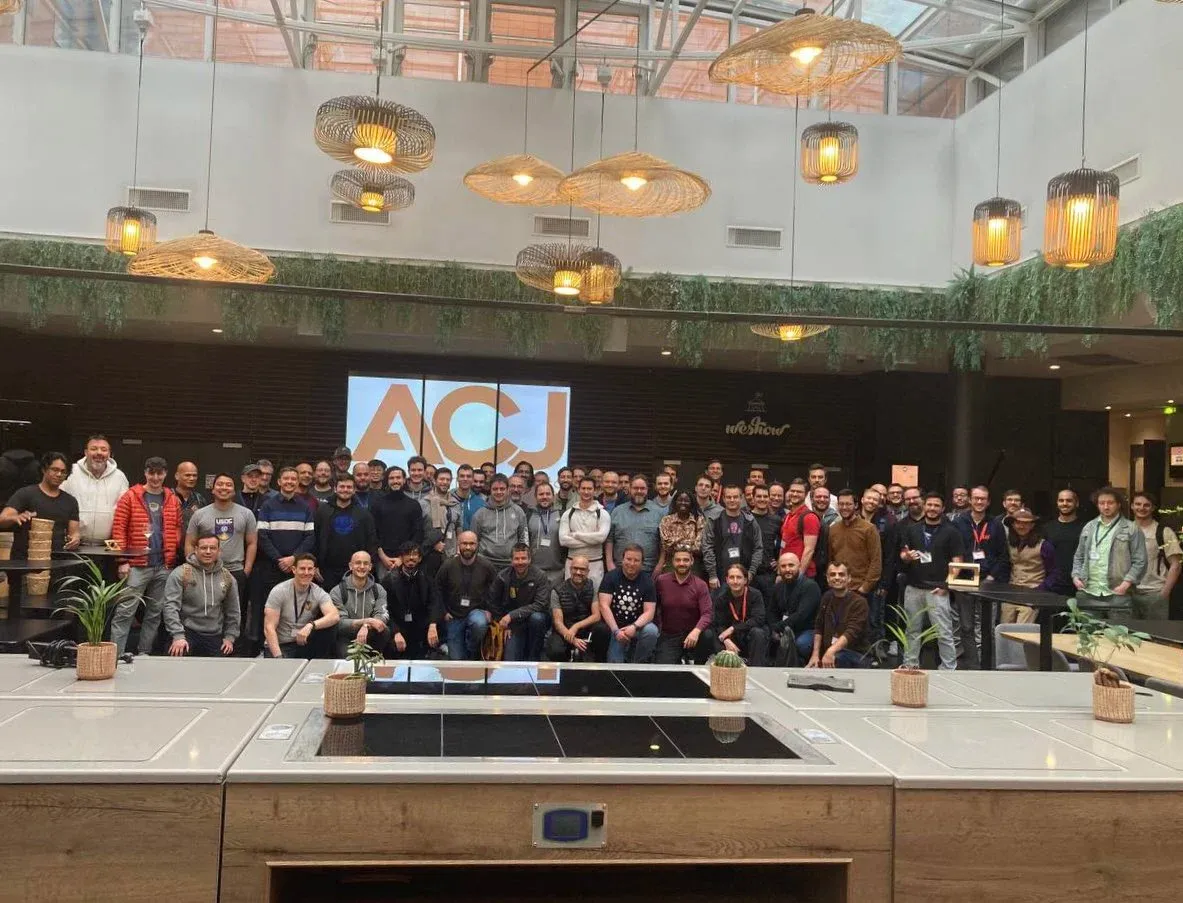
Cardano recently hosted its first Buidler Fest in Paris, a two-day conference designed for developers working within the Cardano ecosystem. The event served as a valuable opportunity for developers from around the world to come together, share innovative ideas, and discuss the technical challenges and advancements in their respective projects.
Several projects were presented at the conference, with many focusing on addressing two main issues currently facing Cardano: scalability and the complexity of its smart contract language. The latter, in particular, has been a significant barrier due to its steep learning curve.
Among the solutions for scalability, zkFold was highlighted as a promising Layer 2 solution aimed at enhancing scalability and privacy for smart contracts on Cardano. Its developers are working towards improving throughput, reducing finality time, and minimizing node requirements, with a launch planned for next year.
Another Layer 2 solution introduced at the conference is GummyWorm. Its team also strives to boost transaction throughput on the Cardano network.
In terms of simplifying smart contract development, the OpShin project introduced a novel approach by enabling developers to write smart contracts in Python, a language familiar to approximately 25% of developers worldwide, as opposed to Cardano’s Haskell, which is known to only 0.67% of developers. This initiative could greatly ease the onboarding process for new developers.
Similarly, the plu-ts project offers a solution that allows smart contracts to be written in TypeScript, a popular variant of JavaScript. Also, another project, Aiken, promises an easy-to-learn syntax and seamless integration with other tools and languages, incorporating state-of-the-art features that align with current developer expectations.
Ironically, on X (formerly Twitter), participants of the conference were sharing pictures under the caption “Cardano Has Devs.”
CARDANO HAS DEVS ⚙️ pic.twitter.com/10u8f4GDOf
— Lucas Macchiavelli (@LucasMacchia2) April 24, 2024
In fact, the historical lack of developer engagement with Cardano has been a significant challenge. Since its mainnet launch in 2017, Cardano has faced slow development progress and missed milestones, with its smart contract capabilities only launching four years later in 2021. The launch of smart contracts revealed that the mainnet was not suited for decentralized applications, lagging behind other blockchains in terms of speed and competitiveness. Moreover, the complexity of Haskell further hindered the attraction of new developers.
The recent Buidler Fest #1 does, however, signal a potential turning point, with teams enthusiastically working to resolve these issues with new L2s and smart contract languages.
Looking ahead, Cardano anticipates two major upgrades that could potentially scale the network and enhance governance. The upcoming Chang hard fork, scheduled for Q2 2024, aims to introduce community-run governance and improve decentralization, while the Ouroboros Leios update introduces a new proof-of-stake consensus model designed to increase the throughput and scalability of the network.

